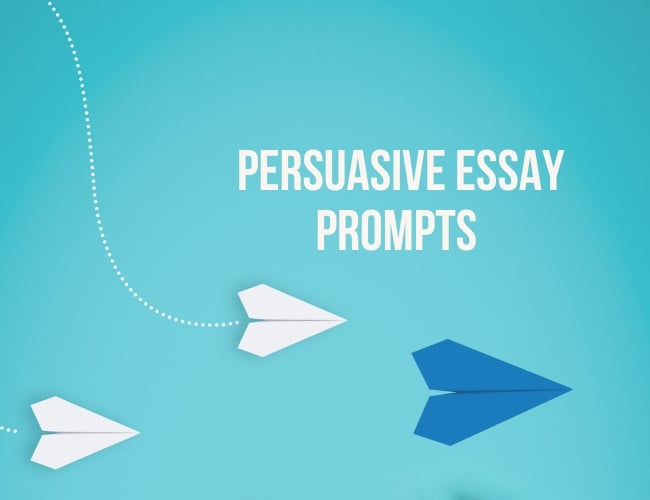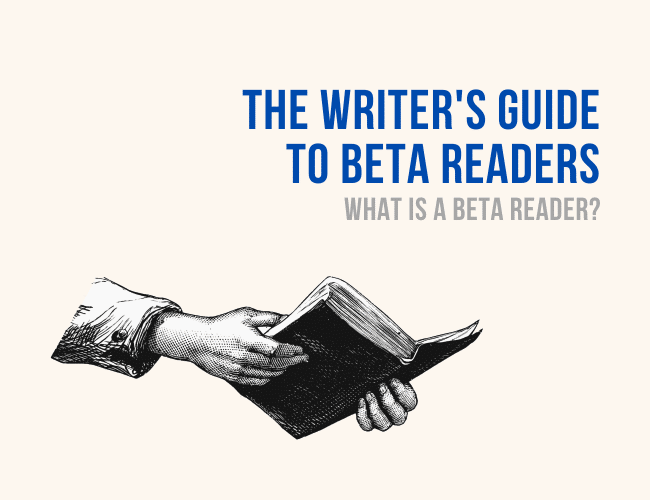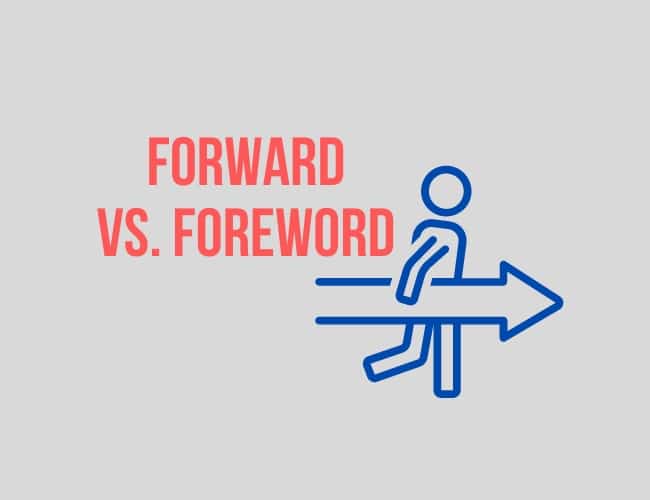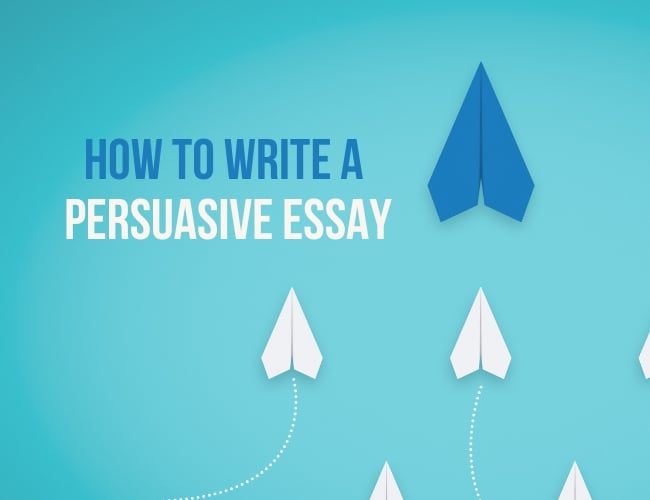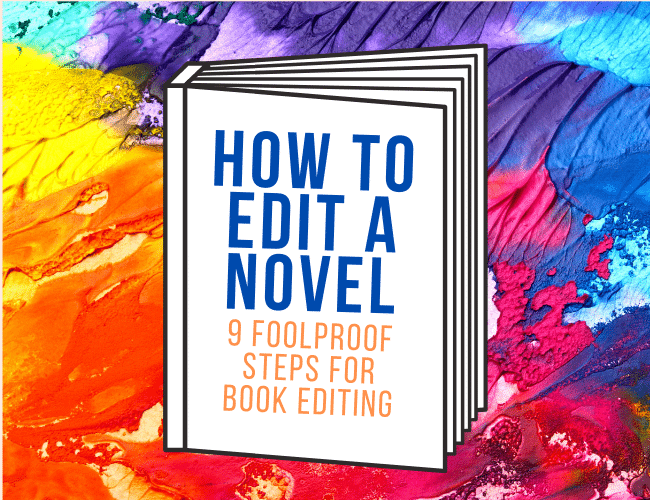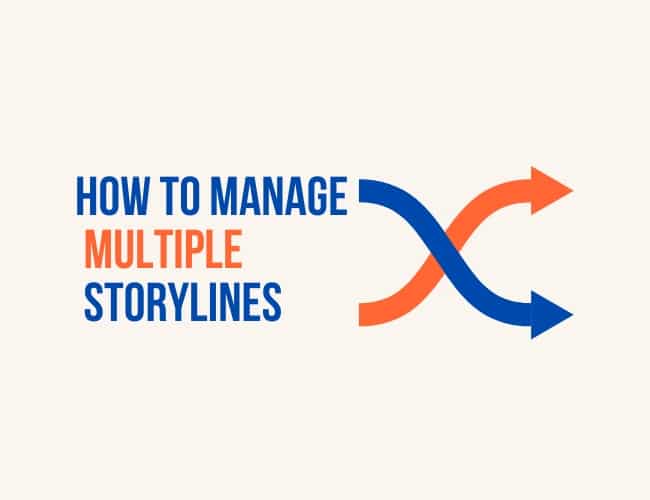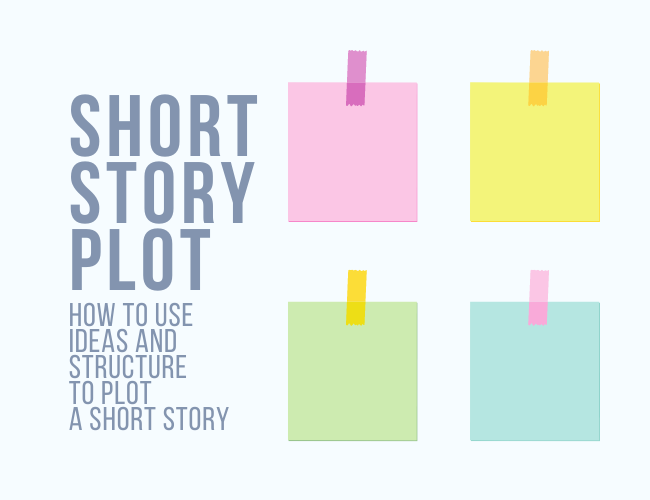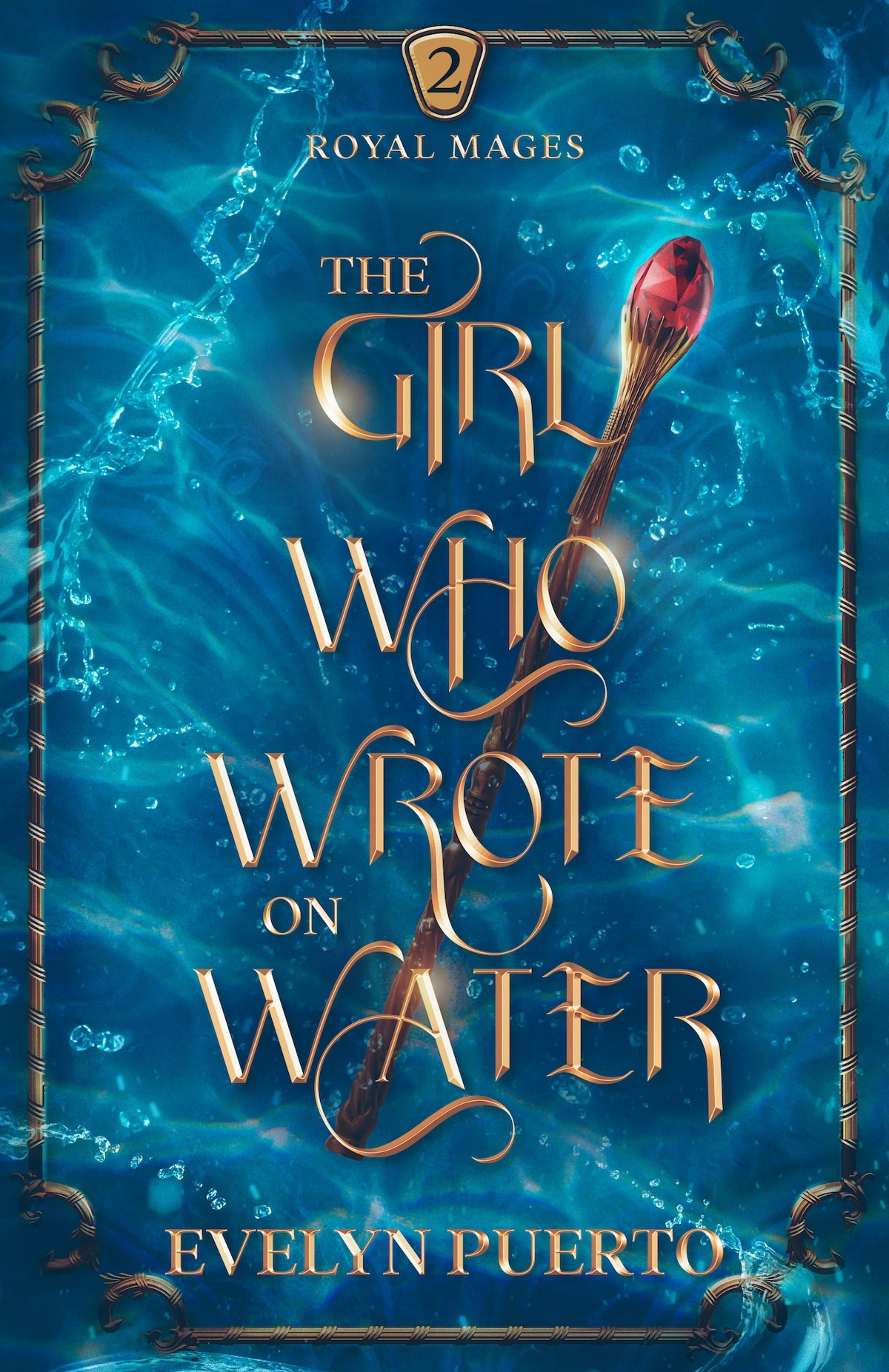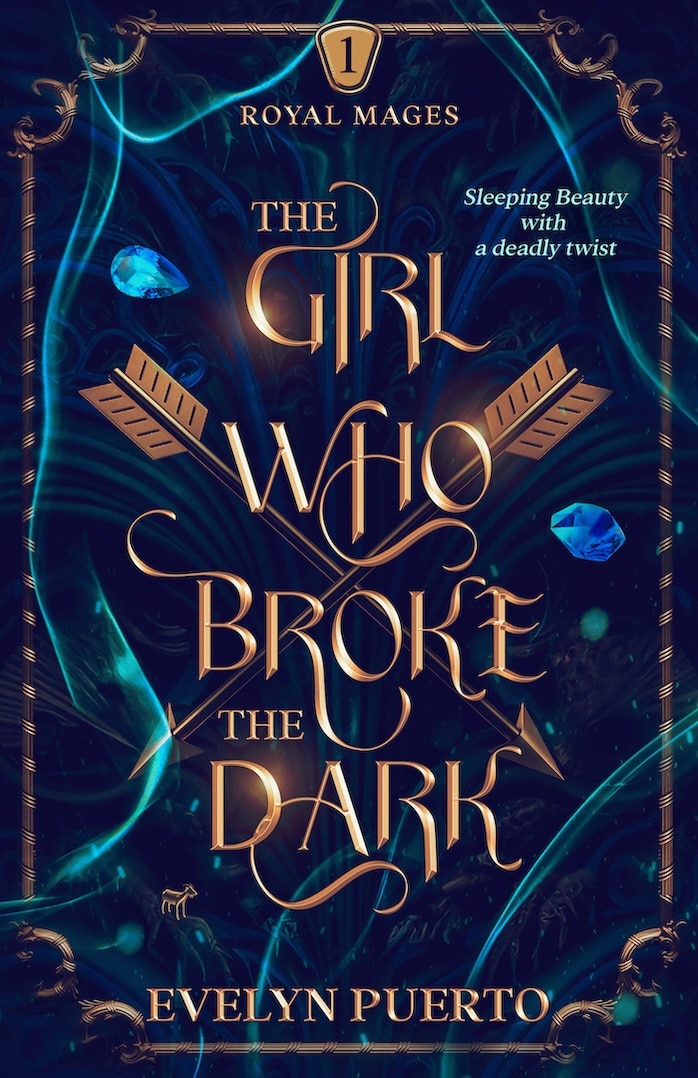Persuasive essays can be challenging for several reasons, but the first problem is choosing the right topic.
You want a topic that is both engaging and controversial enough to elicit a strong response. A topic that’s too broad may lead to a lack of focus, while one that’s too narrow might not provide enough material to argue convincingly.
Let’s look at 25 persuasive essay prompts.
